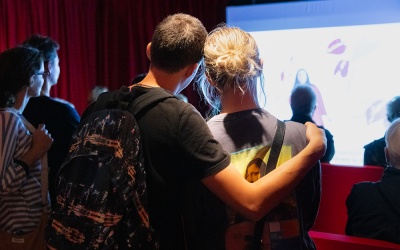Le musée vous accueille le vendredi 15 août de 10h30 à 18h30 aux tarifs habituels.
+ d'infos
All our loves
The exhibition route
Our first loves
It’s during the first two years of a child’s life that mechanisms of attachment with those around them primary caregivers come into play and continue to evolve. So parents are a child’s first attachment figures.
Read more
Love for everyone
Here, it’s a question of self-esteem and empathy. The first is a manifestation of one’s interest in oneself while the second is the capacity to understand and share other people’s emotions.
Read more
The body makes itself felt
Racing heart, sweaty palms, butterflies in the belly… All the symptoms of stress and yet… it’s budding love. Love expresses itself in the body, but the brain is where it all starts.
Read more
Story trees
Stories take us from one continent to the next, in discovery of other ways of loving. They express love’s cultural uniqueness and universality alike.
Read more
To our desires
Human sexuality is learned. Each individual develops their sexuality on the basis of information gleaned here and there, via other people’s sexuality, erotic and pornographic productions, etc.
Read more
An ode to love
Romantic encounters, whether sudden or gradual, manifest themselves in a variety of ways: words and deeds, seductive behaviours and reciprocal trusting relationships, as well as in moments of shared intimacy, at a dance, a film or a meal.
Read more
Loving like a fish
According to psychologists, the cognitive skills required to determine the existence of feelings of love have not been demonstrated in other species apart from primates, which is why it’s preferable to use the term attachment. We should also be wary of attributing emotions to other species on the sole basis of behavioural equivalences with the human race. Nonetheless, major resemblances can be observed.
Read more
Staying connected
We’re social beings and interactions with our fellows are essential. The range of emotional ties that structure our lives forms the basis of our wellbeing. But staying in contact with our nearest and dearest isn’t always easy. New ties Disconcerting as they may be, artificial intelligences and other robotic forms have become part of our everyday lives and attachments of greater or lesser strength can be created with them. These “new ties” sometimes generate social isolation or, on the contrary, facilitate interactions between individuals by acting as mediators.
Read more
New ties
Disconcerting as they may be, artificial intelligences and other robotic forms have become part of our everyday lives and attachments of greater or lesser strength can be created with them. These “new ties” sometimes generate social isolation or, on the contrary, facilitate interactions between individuals by acting as mediators.
Read more






